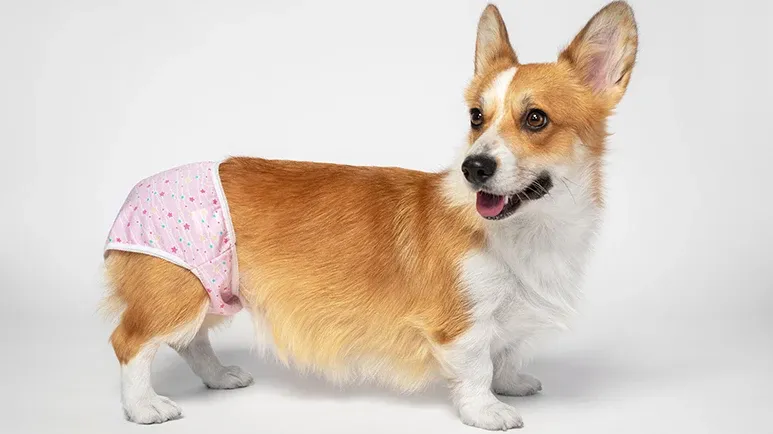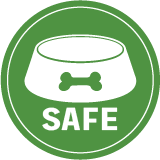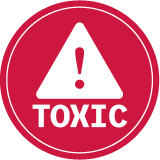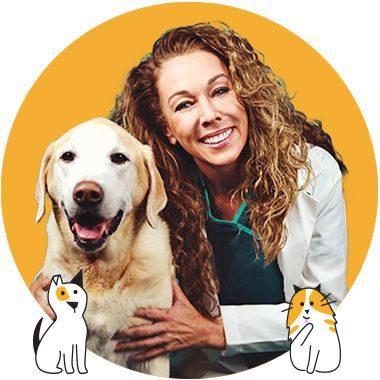From Puppy Love to Senior Sass — Understanding Your Dog's Heat Cycle at Every Age
Your dog depends on you to help her through every season of life — including her heat cycles. Understanding how these cycles work allows you to provide comfort, safety, and smart health decisions.

STORY AT-A-GLANCE
- A dog's heat cycle is a lifelong process, beginning generally between six and 24 months of age and continuing into old age, with frequency, symptoms, and fertility potential changing over time
- The heat cycle consists of four distinct stages — Proestrus, Estrus, Diestrus, and Anestrus — each with unique physical and behavioral signs that guide care, comfort, and safety measures
- Breed size and age significantly affect timing and frequency, with small breeds cycling more often than large ones, and older dogs more frequently showing irregular patterns and elevated health risks
- Proper care during heat includes hygiene, limited exposure to males, and emotional support, all of which help minimize mess, prevent unwanted pregnancy, and ensure your dog's well-being
- Monitoring for complications such as pyometra or false pregnancy is vital, especially in senior dogs, as early detection and timely veterinary care can prevent life-threatening conditions
As a dedicated pet parent, understanding your female dog's health throughout her life is one of the most important responsibilities you carry. Among the various changes she may experience, one of the most significant is her reproductive cycle — commonly referred to as the "heat" cycle.
From her first season as a young pup to the irregular patterns seen in her senior years, knowing what to expect and how to provide proper care is essential to her comfort, health, and well-being.
Whether you are raising a new puppy or caring for an aging canine companion, this information will help you make informed decisions and ensure your pet will receive the compassionate support she deserves throughout each stage of her life.
An Introduction to the Female Canine Heat Cycle
A female dog's heat cycle is part of her natural reproductive system, known as the estrous cycle.1 This cycle enables her to become pregnant and occurs repeatedly throughout her life. Each cycle brings hormonal, physical, and behavioral changes that can range from subtle to quite noticeable.
Unlike human women, female dogs do not experience menopause. This means that they will continue to go through heat cycles for their entire lives. However, the regularity, intensity, and symptoms of these cycles often change with age.2
Understanding the different phases, recognizing the signs of heat, and knowing how to respond to her needs at each stage will equip you to better care for your pet and prevent potential complications.
The Four Stages of the Estrous Cycle
The heat cycle consists of four stages. Each one presents different symptoms and behaviors, and together they form a complete reproductive cycle. This cycle typically repeats every six months, although timing may vary by breed, age, and individual dog.3,4,5
- Proestrus (The Pre-Mating Phase) — This is the first stage of the cycle (commonly referred to as "coming into season" or "coming into heat"), and it is characterized by initial physical and behavioral changes. Your dog may begin to attract male dogs, although she will not yet be receptive to mating. Common signs include swelling of the vulva, vaginal discharge with blood, and increased urination. This phase lasts for seven to 10 days.
You may notice that male dogs show increased interest in her during this time, but she will likely resist their advances. - Estrus (The Fertile Phase) — Estrus, which lasts from five to 14 days, is the stage where your dog is the most fertile and willing to mate. She is ovulating, which means she can become pregnant if she mates during this time. Aside from a swollen vulva, other signs of estrus include:
- Lighter-colored or watery discharge (pink or straw-colored)
- Tail held to the side
- Mounting behavior
- Seeking out male dogs
- Increased friendliness or attention-seeking behavior
- Diestrus (The Post-Fertile Phase) — In this stage, which generally lasts from 60 to 90 days, fertility has ended. Progesterone is the dominant hormone in this stage and will elevate whether your pet is pregnant or not. Progesterone levels will peak two to three weeks after ovulation, hold steady for one to two weeks, then slowly decrease over the next two to four weeks. While these hormone shifts are continuing internally, your pet will outwardly seem to return to her normal routine.
It is during this time that some dogs may experience symptoms of false pregnancy, displaying signs such as lactation, nesting, and swollen mammary glands. These symptoms usually subside on their own but can be distressing. Veterinary advice may be needed if symptoms persist. - Anestrus (The Resting Phase) — This final stage, which lasts three to six months, is the quiet time before the next cycle begins. There are no signs of heat, and the body is at rest. During anestrus, the reproductive system is not active. This period helps the body reset before entering the next heat cycle.
The heat cycle typically lasts two to four weeks, with the fertile window (estrus) occurring somewhere around days 10 to 14. However, individual variation is common. Some dogs have longer or shorter cycles, and discharge may range from light spotting to heavy bleeding.
When Will My Dog Have Her First Heat?
Most female dogs experience their first heat between six and 24 months of age. The timing is largely determined by breed and size:6
- Small breeds like Toy Poodles and Chihuahuas often begin heat cycles around six to eight months of age but can begin as early as four months of age.
- Large and giant breeds like Great Danes and Mastiffs may not have their first heat until 18 to 24 months of age.
The first few cycles may be irregular. It can take time for your dog's body to establish a consistent rhythm. The first heat is a sign of sexual maturity, but emotional maturity often lags behind. Most veterinarians and breeders agree that dogs should not be bred during their first cycle.
How Often Do Dogs Experience Heat?
Most dogs go into heat approximately twice per year, or every six to seven months. However, this interval can vary:7,8
- Small breeds may have more frequent cycles, sometimes as frequently as every four months.
- Large breeds may cycle only once a year. Certain breeds such as the Tibetan Mastiff and the Basenji are known for having only one heat cycle in the fall each year.
- Older dogs may experience irregular timing and longer intervals between cycles.
If you notice sudden changes in cycle timing, especially in older dogs, consult your veterinarian to rule out underlying medical issues.
Caring for a Dog in Heat
Supporting a dog through her heat cycle requires patience and practical preparation. One of the first factors to remember is to maintain optimal cleanliness and hygiene. Some dogs groom themselves carefully, while others need help staying clean. To manage discharge:
- Use washable or disposable dog diapers
- Lay towels or washable covers on furniture
- Limit access to carpeted areas or bedding
- Bathe only as needed, using a dog-safe, gentle shampoo
During estrus, your dog will emit pheromones that can attract male dogs from far away. To prevent unwanted pregnancies:
- Always keep her indoors or supervised when outside; dogs can get very creative with breeding through small gaps in fences
- Walk her during off-peak hours
- Use a secure leash and avoid dog parks or group settings
- Separate her from unneutered male dogs in the household
Hormonal shifts may cause mood swings, boredom, or anxiety. To help her feel secure and engaged:
- Provide puzzle toys or chew items
- Offer quiet companionship and affection
- Use treat-dispensing toys to keep her mentally occupied
- Maintain her regular routine as much as possible
Understanding Heat in Senior Dogs
As dogs age, their cycles often become less predictable and less intense, but they rarely stop altogether. Senior dogs over age seven or eight may cycle less frequently, show milder symptoms and may take longer to return to baseline behavior.
Although they are still capable of becoming pregnant, older dogs face higher health risks with each cycle. They give birth to smaller pups, experience a higher risk of stillbirth or complications and have an increased risk of infections like pyometra (uterine infection) and mammary tumors. This is why in general dogs should not be allowed to breed after age six or seven.
Compassionate Care Through Every Life Stage
Understanding your dog's heat cycle is more than just managing symptoms — it's about anticipating her needs, preventing health risks, and providing thoughtful care at every stage of life.
From her very first heat to the slower rhythms of old age, your dog's cycle is a reflection of her natural biology. With your support, she can navigate these changes safely, comfortably, and confidently — because she knows that her best friend is always by her side.










